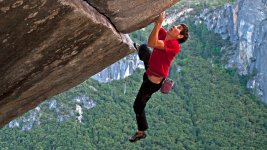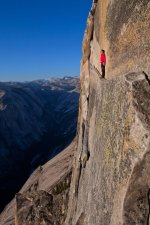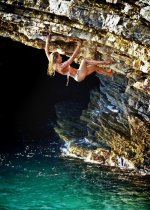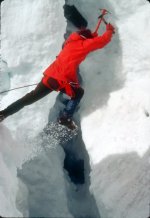This is OT, but since we discuss hunting, fishing, winter camping and trekking, it's not that far removed from canoeing as an accompanying outdoor hobby. Mainly, I'm curious as to whether we have rock climbing or technical mountaineering experience here.
I've been watching for several days videos of world class rock climbers such as Alex Honnold, Adam Ondra, Tommy Caldwell, Chris Sharma and Magnus Midtbø—and even some old footage of Royal Robbins and Yvon Chouinard, both of whom later became expert whitewater paddlers—and have been stunned by the expertise and bravery of these climbers.
The free climbers, and especially the free solo (no ropes or equipment at all) climbs by Honnold, are just unimaginable to me. I have acrophobia when I go 10 feet up on a ladder. I almost have to turn away from the videos in fear, even though I know these climbers survived.


I've been watching for several days videos of world class rock climbers such as Alex Honnold, Adam Ondra, Tommy Caldwell, Chris Sharma and Magnus Midtbø—and even some old footage of Royal Robbins and Yvon Chouinard, both of whom later became expert whitewater paddlers—and have been stunned by the expertise and bravery of these climbers.
The free climbers, and especially the free solo (no ropes or equipment at all) climbs by Honnold, are just unimaginable to me. I have acrophobia when I go 10 feet up on a ladder. I almost have to turn away from the videos in fear, even though I know these climbers survived.





